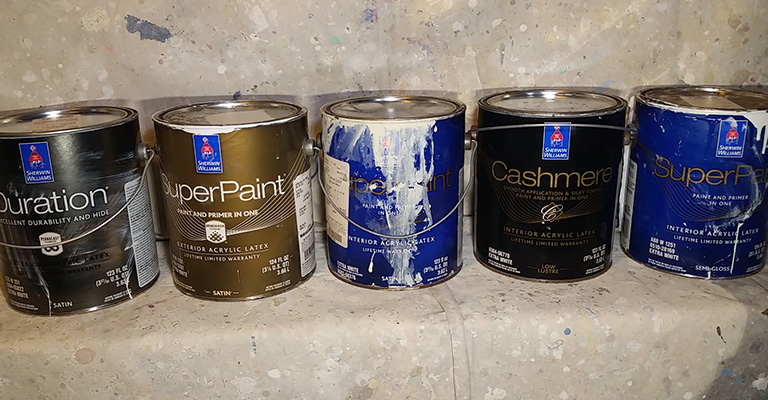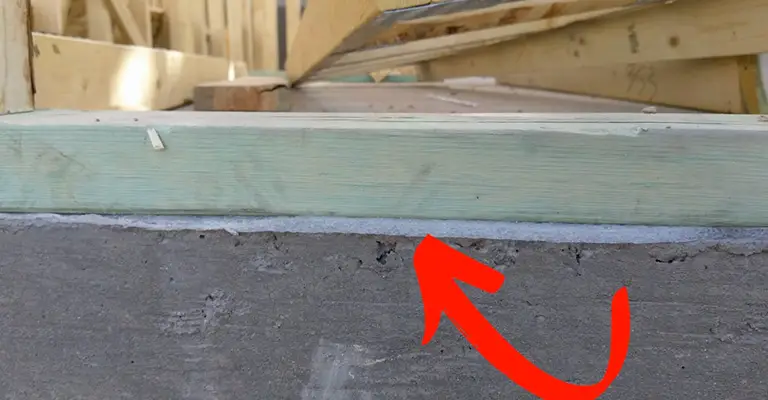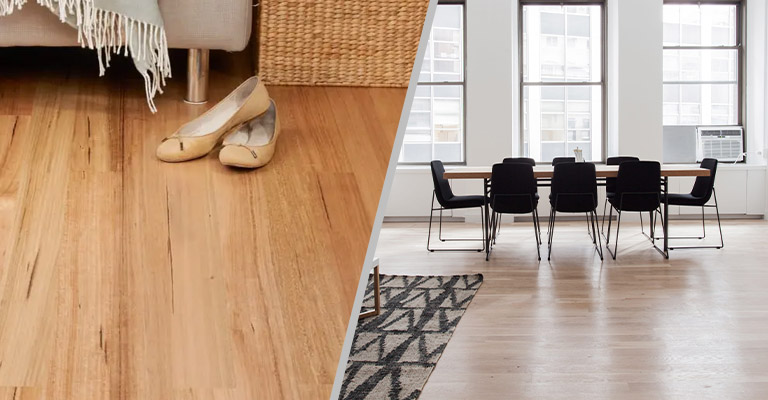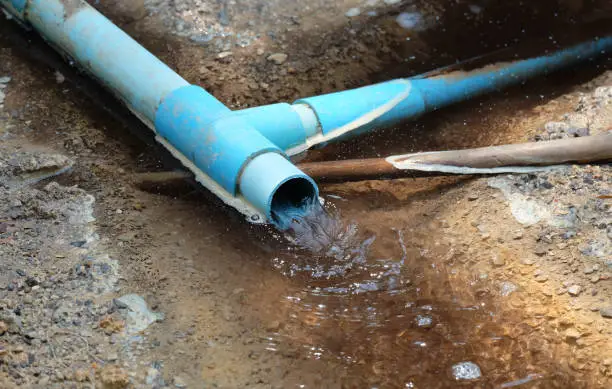Should I Put Drywall Behind Tub Surround?
You should prefer not to put drywall behind the tub surround. Because the drywall is not suitable as a material for wet places. As drywall tends to absorb moisture, it might lose its structural integrity and permanently damage your home’s framework.
However, if you insist on installing drywall get the one that has built-in moisture blocking membrane. Otherwise, buy an additional moisture-blocking membrane for your drywall to make it more seasonable. Moreover, you can go through other materials like green board or concrete backing which are more suitable for this job.
Should I Put Drywall Behind Tub Surround?
For your bathtub surround, you need a material that is super resistant to water or moisture. Otherwise, it can cause serious damage to your house. And drywall is not the best material for that particular task. As drywall absorbs moisture, you should find an alternative to put behind the tub surround or modify it.
Remodel the shower
Remodeling your shower is a quick, affordable, and yet amazing way to modernize your bathroom. And the technology and style are being upgraded every year. So you do not want to be stuck with your old shower system.
You have plenty of options
With so many modern materials available right now, homeowners do not need to rely on only tiles for their shower surroundings anymore. Instead, they can use fiberglass, cultured marble, acrylic, and many other composite materials. Even then many homeowners ask if they should put drywall behind the tub surround or not.
Drywall Behind Tub Surround
Now, the situation might be different if you are planning to transform something that was not a wet place before into a bathroom. In that particular case, you might find drywall handy to put behind the tub surround. Because it can impart more resistance and a solid framework for the bathroom and make it more convenient.
As the drywall can get structurally compromised, drywall might allow water to get into your home’s cement want and make their integrity lost as well. And this is the reason why the bathroom wall is never built with drywall fully.
Moisture Blocking Membrane
But still, if you want to install drywall behind tub surround, an additional moisture blocking membrane can be a considerable option for you. all you have to do is, install a moisture blocking membrane between the drywall of yours and the framework. And this might be a quite budget-friendly deal for you.
Besides, many drywalls come with built-in moisture-blocking membranes. Even though they might be a little pricey. You should prefer them if you insist on installing drywall behind the tub surround.
Drywall and its alternatives
However, if you are planning on replacing your old drywall and replace it with a new one with moisture blocking membrane, you might consider an upgrade- a better material. For instance, concrete backing, blue board, or green board can be an incredible alternative for this particular job.
These types of materials are more preferable for wet areas like bathroom or tub surrounds. Concrete backing is capable of blocking moisture naturally. On the other hand, a green board or blue board can be handy in many areas where drywalls have lacked.
Drywall
Still, drywall has a quite great advantage here compared to the other materials. With the green board, blue board, or concrete backing, the cost is pretty high, and the installation process might be a little difficult as well. Whereas installing drywall can be super easy and you can do it yourself. And this is the most affordable option too.
Tiles
However, another prominent and well-known alternative option to drywall is the tiles. And you might have had tiles on your bathroom before. So you know all the advantages and the challenges with this option.
And if you are up to installing green board sheetrock, you should consider tiling over it as it is convenient in your shower or any other place. This might be quite helpful if you are transforming any general space of your house into a bathroom.
To perform this task, you have to use a sealing primer over the green board. Afterward, leave it for at least 24 hours to dry. Once the primer is applied, you can simply tile the full green board as you would do to any other place.
While tiling green board sheetrock, do you start from the bottom of the top? Now, this is a quite common question that people usually have. And this is quite important because the end of the pattern is going to have some cut tiles which does not look too attractive.
To start the tiling, for the vertical layout of the tiling process, first, plan the tile pattern. And then begin the pattern from the top of the green board, so that all the full and uncut tiles remain there.
Greenboard vs. Drywall
Among the many similarities between drywall and green board is the inner core of gypsum. Besides, you have to attach the green board directly to the studs, just like you would do with the regular drywall.
Even though there are many common structural things between these two, there are two features on the outer cover that make these two differ from each other.
- The outer cover of the green board does not come with a waterproof feature, even though it successfully resists water.
- As it is not an organic material, it does not allow the growth of mold, like the drywalls do, which makes this material more suitable for this kind of use.
Application of Greenboard
There are many places where a green board is more suitable. And in many places, professionals do not suggest installing the green board. Some of those cases are mentioned down below:
Not Suitable
- In shower stalls, green boards are not recommended.
- In tiled bathroom enclosures, green boards are not acceptable. However, you can tile the green board after applying a layer of sealing primer over it.
- In saunas and steam rooms
- In water prone basement walls
Suitable
- If your bathtub enclosure is prefabricated, then you can use the green board.
- The basement where bathing facilities are not available.
- Any dry or damp areas
- In the kitchen or beside the sink
Frequently Asked Questions
How do you waterproof a drywall shower?
If you have old-school drywall on your shower, then it might not be water-resistant. In that case, you have to make it waterproof with an additional arrangement. To do so, the best thing to do is to apply waterproofing primer. Both oil and latex-based waterproofing primers can be used on this occasion. You might need the best drywall tape for covering a small crack sometimes.
Is there special drywall for bathrooms?
Usually, the regular drywalls are not very water-resistant which is required for your bathrooms. In that case, you will have to find drywall that comes with a waterproof feature. Green drywall might be one of them. They usually cost at least 20% more than the regular drywall.
Conclusion
Using the right material in your bathroom is a must. Because in a place like a bathroom, a little bit of dampness can cause serious damage to your home’s concrete wall. But putting drywall behind tub surround, might not be the best idea in today’s market. Especially when materials like concrete backing or green board are available.
When considering the installation of a shower surround, selecting the right building materials for your bathroom walls is crucial to ensure durability and safety. A shower enclosure or tub wall is constantly exposed to water and humidity, making materials like cement board superior choices due to their excellent capability of absorbing moisture without deteriorating.
Unlike traditional drywall, cement board provides a robust foundation for shower surrounds, ensuring that your walls remain mold-resistant and maintain their integrity over time. Moreover, the application of mold-resistant paper tape at the seams further enhances the durability and fire resistance of your shower enclosure, offering a secure and long-lasting solution for any bathroom.






